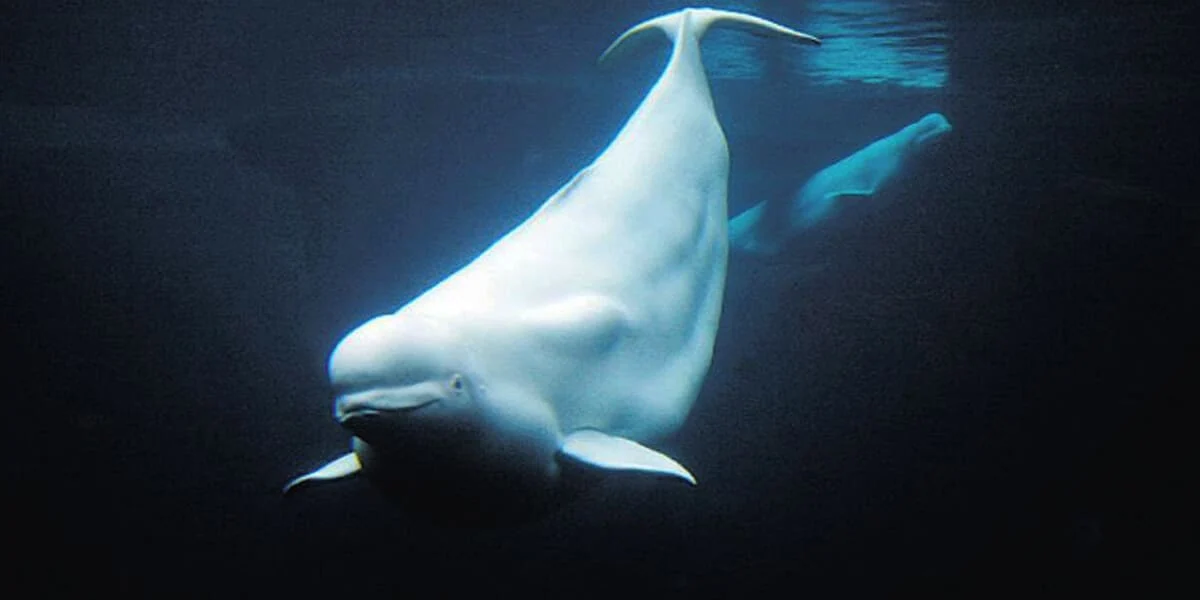Endangered Alaska Whales Gain Habitat Protection
The National Marine Fisheries Service (NMFS) took an important step toward protecting critical habitat under the Endangered Species Act for the Cook Inlet beluga whale in Alaska by proposing to designate more than 3,000 square miles of the threatened whale’s habitat for protection. In October 2008 NMFS listed the Cook Inlet beluga whale as endangered over the objections of former Alaska governor Sarah Palin. The Cook Inlet beluga whale is a genetically distinct and geographically isolated population whose numbers have plummeted in recent decades. The whale’s population ranges between 300-400 animals, down from 1,300 whales in the 1980s. The Cook Inlet beluga whale is one of five populations of beluga, or white whales, in Alaska. The are the most accessible for responsibly operated whale watching kayak tours. The decline of the Cook Inlet beluga was first caused by overhunting, but they have failed to recover after hunting was reduced in 1999, suggesting that other factors are preventing recovery, such as noise and pollution from industry in Cook Inlet. “While today’s proposal is an important step toward protecting the Cook Inlet beluga, protections for the species remain far from complete,” added Cummings. “Critical habitat designation should be promptly finalized and expanded to include the lower Inlet. Moreover, NMFS needs to prepare a recovery plan and stop so freely handing out permits to industry allowing the beluga’s habitat to be developed and disturbed.” Link to more information on the beluga whale in Alaska. Go Whale Watching on an Alaska Kayaking Tour

